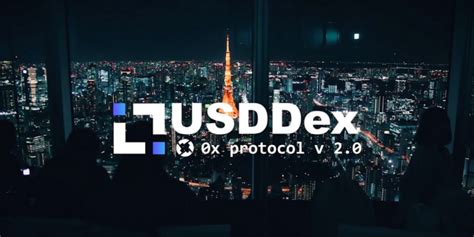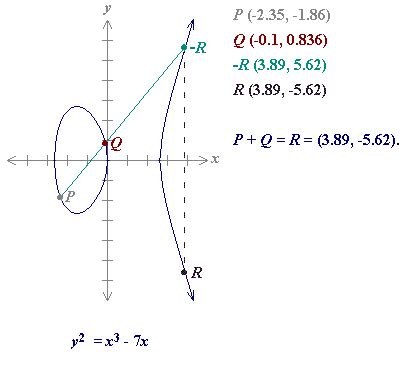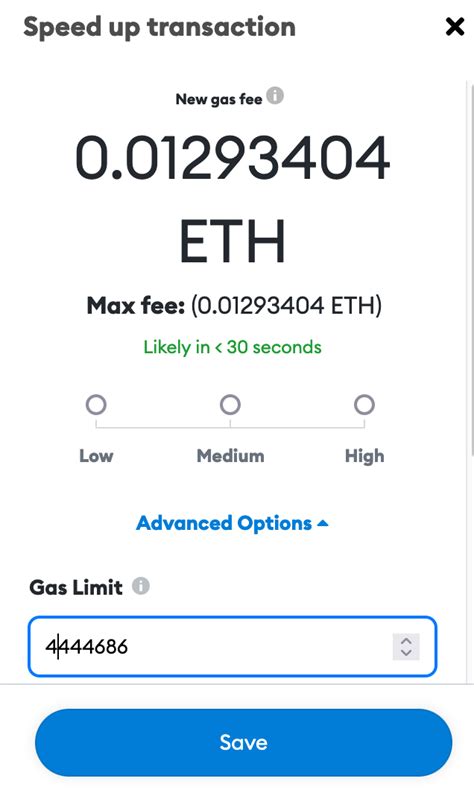Ethereum: What’s the Difference Between Bitcoind and Bitcoin-Qt? A Guide to Understanding
When it comes to managing cryptocurrencies like Ethereum, Bitcoin, and more, users often ask about two popular options:
Bitcoind (formerly known as Bitcoin Core) and
Bitcoin-Qt
. Despite their similarities, these two tools serve different purposes and have different features. In this article, we’ll break down the differences between Bitcoind and Bitcoin-Qt to help you choose the right tool for your cryptocurrency management needs.
Bitcoind: Classic GUI Version
Bitcoind is the original Bitcoin client, developed by Satoshi Nakamoto in 2009. It’s a command-line interface (CLI) that allows users to interact with the Bitcoin network, send and receive transactions, and manage their wallets. Bitcoind is the standard tool for Bitcoin enthusiasts around the world.
Bitcoin-Qt: GUI Version
Bitcoin-Qt, on the other hand, is a graphical user interface (GUI) version of Bitcoind. It is designed to make it easier for users to interact with the blockchain without requiring in-depth technical knowledge or command-line skills. Bitcoin-Qt provides a more user-friendly interface, allowing users to manage their wallets, send and receive transactions, and explore the Ethereum Virtual Machine (EVM) through an intuitive interface.
Key Differences Between Bitcoind and Bitcoin-Qt
Here are some of the key differences between these two tools:
- GUI vs CLI: As mentioned earlier, Bitcoin-Qt is a GUI version of Bitcoind, while Bitcoind is a command-line tool.
- User Interface: Bitcoin-Qt provides a more user-friendly interface, making it easier to manage wallets and learn Ethereum without the need for technical knowledge.
- Command-line capabilities: Bitcoind has more advanced command-line capabilities, such as support for multiple blockchain networks (e.g. Bitcoin, Litecoin) and integration with other blockchain tools such as Monero.
- Wallet management: Both tools allow users to create and manage wallets, but Bitcoin-Qt’s graphical interface makes it easier to set up and use.
Command-line commands: What you need to know
Although both Bitcoind and Bitcoin-Qt have command-line interfaces (CLI), the command syntax can differ. Here are some basic commands you need to know:
- Bitcoind:
gethash,getbalance,
sendrawtransaction, etc. d.
- Bitcoin-Qt:
wallet select,
wallet getbalance,wallet sendrawtransaction, etc. d.
Conclusion
While Bitcoind and Bitcoin-Qt are popular options for managing cryptocurrencies, they serve different purposes. If you are a beginner or prefer a more intuitive interface,
Bitcoin-Qt is for you. However, if you need advanced command-line features or want to manage multiple blockchain networks,
Bitcoind may be a better fit.
I hope this article has clarified the differences between Bitcoind and Bitcoin-Qt for you!



